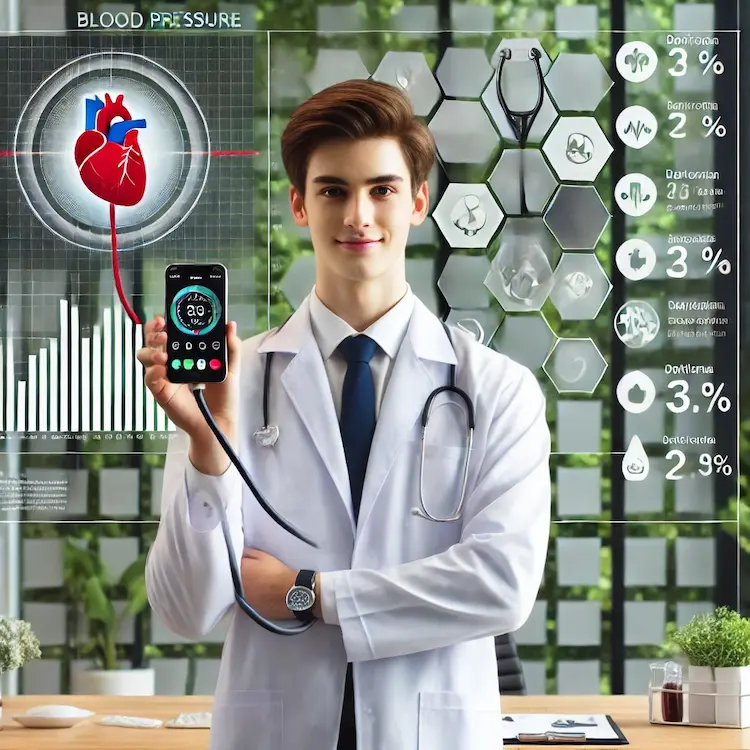High blood pressure, or hypertension, is a significant health challenge worldwide, affecting over 1.28 billion adults. Despite its prevalence, awareness remains alarmingly low. Social media has emerged as a powerful tool to bridge this gap, fostering awareness, education, and proactive health management. In this article, we explore how social media platforms can effectively promote blood pressure awareness, offering actionable insights, comparisons, and practical tips.

Social media platforms provide unparalleled reach, engaging millions daily. Here’s how they contribute to blood pressure awareness:
| Platform | Strengths | Best Practices |
|---|---|---|
| Community building, long posts | Host interactive Q&A sessions | |
| Visual appeal | Use high-quality graphics | |
| Concise messaging | Leverage trending hashtags | |
| YouTube | Long-form educational content | Post tutorials and expert interviews |
| TikTok | High engagement with youth | Create fun, relatable challenges |
Social media is a powerful tool for promoting blood pressure awareness, offering education, engagement, and real-time support. By leveraging platforms like Facebook, Instagram, Twitter, YouTube, and TikTok, health organizations and individuals can spread crucial information, encourage proactive health monitoring, and combat misinformation. Consistency, credibility, and targeted strategies ensure effective outreach. As hypertension remains a global health concern, using social media effectively can drive awareness, encourage early detection, and ultimately save lives.